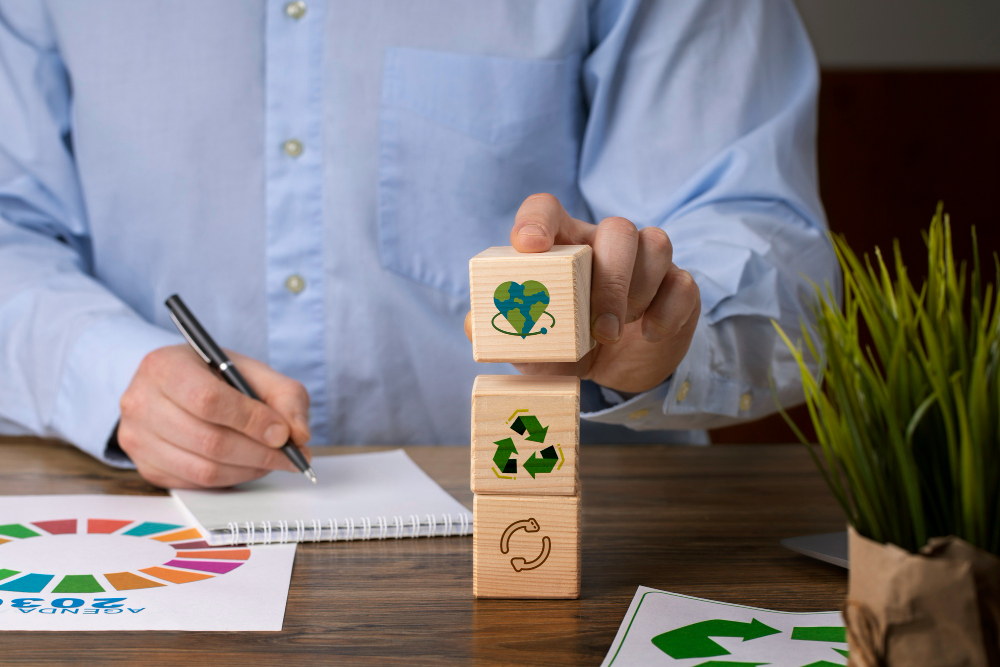We are standing in an era where the traditional linear economy model – take, make, dispose – has become outdated. India is currently grappling with resource scarcity, environmental degradation, and increasing waste management costs. To curb these issues, we need a revolutionary approach that has already gained momentum; it is called Circular Economy 2.0. This new-age strategy focuses on transforming industrial waste into valuable economic assets, opening new opportunities for wealth generation while addressing economic challenges.
The evolution of circular thinking
Circular Economy 2.0 goes beyond basic recycling and waste management. It focuses on creating a unique narrative around waste management where waste streams are converted into raw materials. This goes a long way in building closed-loop systems that minimise environmental impact while maximising economic value. This modern take on waste management uses avant-garde technologies such as AI, blockchain tracking, and advanced materials science to optimise resource recovery and utilisation.
The economic opportunity
The untapped value of global industrial waste is worth trillions of dollars. Manufacturing products, electronic waste, construction debris, agricultural residues, etc., that were previously meant for landfills are now considered lucrative, recoverable materials. Several nations that have implemented circular economy strategies are benefiting from industrial waste, as it is proving to be a significant contributor to GDP while also creating huge job opportunities in emerging sectors.
Forward-thinking economies are seeing a surge in the number of modern recycling facilities, upcycling enterprises, and material recovery operations. These ventures promote environmental sustainability while generating substantial income streams. Today, we have abundant innovative companies that are proving the coexistence of environmental responsibility and profitability. Rare metal extraction from electronic waste and conversion of plastic waste into construction materials are some examples of environmentally conscious companies.
The technology push
Digital technologies are the foundation of Circular Economy 2.0. AI-backed sorting systems can identify and separate materials with unprecedented precision, making previously uneconomical recovery procedures viable. Blockchain technology ensures transparency in waste tracking. It creates accountability across the supply chain and enables a waste-to-resource marketplace.
Advanced chemical recycling breaks down complex materials into their molecular building blocks, allowing infinite recycling cycles without quality degradation. Bio-conversion technologies transform organic waste into bio-fuels, bio-plastics, and valuable chemicals. These innovations are turning theoretical circular concepts into practical, scalable realities.
Policy and infrastructure
Successful implementation needs robust policy frameworks. Progressive nations are introducing extended producer responsibility regulations, tax incentives for circular businesses, and mandatory waste valorisation targets. Investment in infrastructure with specialised collection systems, processing facilities, and research centers is essential for the foundation of circular transformation.
Transitioning to Circular Economy 2.0 demands collaboration across sectors. Industries must redesign their products and services for circularity. Governments should also focus on regulations that support the circular economy. Researchers must continue innovating, while consumers must embrace sustainable choices. This will give immense economic rewards, including reduced import dependency for raw materials, improved energy security, job creation, and new export opportunities in circular technologies services.
The circular economy is not just an environmental imperative; it is an economic revolution. Nations that successfully transform their industrial waste into wealth will gain competitive advantages in resource efficiency, technological innovation, and sustainable development.

